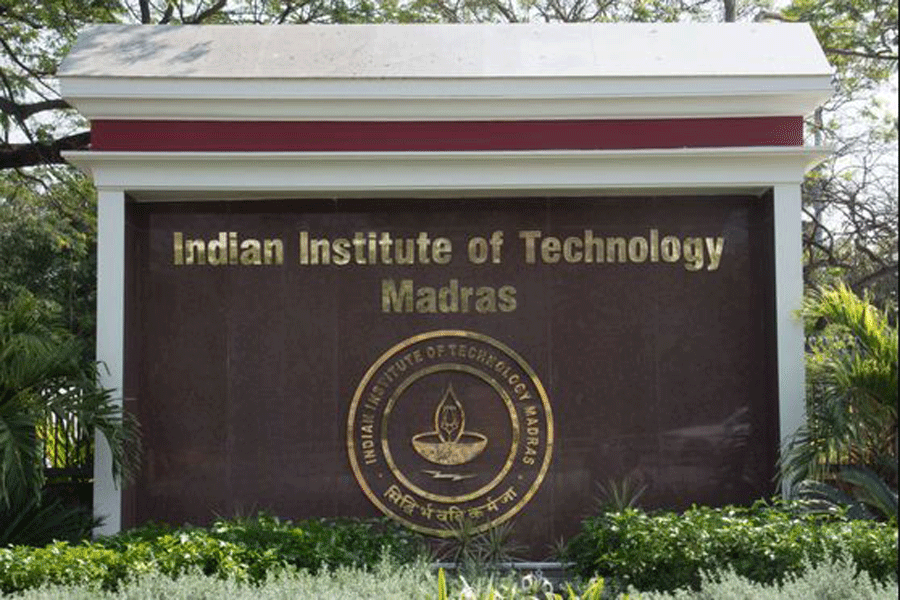Concrete step towards a city on Mars


A civil engineering researcher at the Indian Institute of Technology, Madras, who shares billionaire technology entrepreneur Elon Musk’s vision of a city on Mars has developed and tested extraterrestrial concrete using simulated Martian surface dust.
Piyush Chaunsali, an assistant professor at IIT Madras, and his colleagues have used sulfur as a binder to create "waterless concrete" from a granular mixture of dust and soil manufactured by a US company and intended to resemble Martian regolith — the loose dust and soil over bedrock.
His study is part of a broad research initiative called extraterrestrial manufacturing at the IIT Madras exploring projects to address the energy and material requirements to support long-term human presence in space.
Academic research groups in the US and China have independently over the past three years produced concrete by hot-mixing simulated Martian regolith with molten sulfur, verifying earlier work from 2008 indicating that sulfur can function like a thermoplastic material and bind regolith.
Chaunsali and research scholars K. Snehal, now at the Motilal Nehru National Institute of Technology, Allahabad, and Priyanshu Sinha prepared Martian concrete through a similar process and investigated its behaviour between the temperatures 0°C and 50°C.
"We’ve tried to study the mechanical behaviour of Martian concrete across this range of temperatures,” Chaunsali said. “We plan to continue similar experiments at sub-zero temperatures. Such studies could provide useful information to future attempts to establish habitations on Mars.”
Temperatures on Mars range from minus 125°C near the poles to about 20°C near the equator.
The IIT Madras study, published in the journal Advances in Space Research this week, also found that the Martian concrete hardens fast — within seconds — compared to concrete on Earth.
“Ideally, to transport and pour concrete, it would need to remain liquid for at least a few hours,” Chaunsali said. “Our work suggests that controlling the hardening of Martian concrete will be a challenge. We’ll have to find ways to slow down the process, perhaps through other additives or process changes.”
Mars, despite its hostile environment, has emerged as a potential destination for human colonisation, amid growing interest from space agencies and private enterprise and hints of liquid water beneath the planet’s polar ice caps and underground mineral resources.
Musk, the CEO of SpaceX, in an interview in 2022 described his vision of a “self-sustaining city” on Mars. Many scientists, including Serkan Saydam, a professor of mineral energy resources engineering at the University of New South Wales in Australia, also believe technology will evolve to make possible human colonisation of Mars by around 2050.